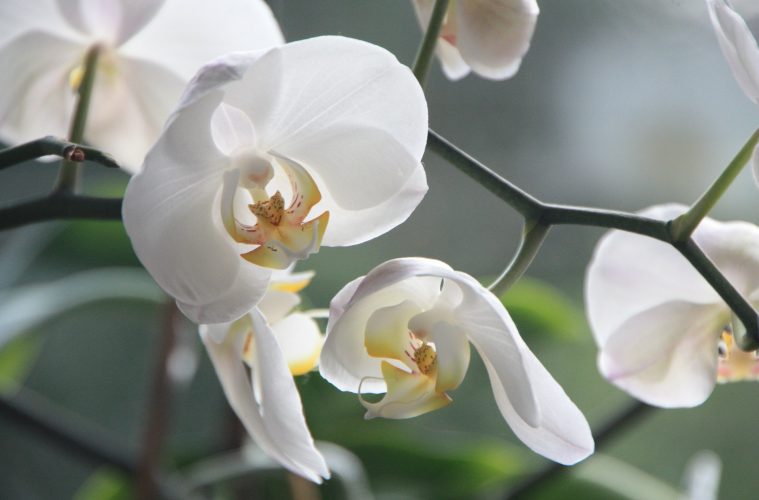Despite having an infamous reputation of being the most difficult plant to care for, orchids are one of the most breathtakingly beautiful flowers in the world. Known for their exotic delicate blooms and stunning colour variations, orchids are favoured by both novice and experienced plant enthusiasts alike.
It’s no secret that these elegant plants can be a bit challenging without the right knowledge but with the correct growing conditions, they have the potential to survive for years.

Image credit: Pexels
There are over 25 000 species of orchids but no matter what type of orchid you bring into your home, here are a few way you can ensure their optimal growth and have a striking flower in your home:
Lighting is everything
Proper lighting is crucial for the healthy growth of orchids. Most orchids thrive in bright, indirect light, mimicking their natural habitat under the canopy of trees. Place your orchids near a window with filtered sunlight, ensuring they receive approximately 10-12 hours of light each day.
Avoid direct sunlight as it can scorch the leaves. Adjust the distance from the window or use sheer curtains to regulate the light intensity.
Temperature and humidity
Orchids originate from diverse climates, which is temperamental to have in your home. Most orchids thrive in temperatures between 15°C to 27°C during the day, with a slight drop of a few degrees at night.
They appreciate humidity levels around 50% to 70%. To increase humidity, you can use a humidifier, place a tray of water nearby, or group your orchids together.
Water correctly
Overwatering an orchid is common and very easy that can lead to root rot but under-watering can cause dehydration.
The key lies in striking a balance.
Water your orchids when the top inch of the potting mix feels dry to the touch. It’s better to underwater slightly than to overwater. When watering, ensure water drains freely through the pot’s drainage holes.
Pro Tip: Avoid leaving orchids sitting in standing water, as this can lead to root problems.
Potting mix
The correct potting mix is as unique as the actual orchid. They require a well-draining medium that retains some moisture while allowing air circulation. Orchid-specific potting mixes, such as those made with bark, sphagnum moss, or coconut husk chips, are ideal.
Avoid using regular potting soil, as it tends to retain too much moisture and suffocate the roots.
Fertiliser
Regular fertilisation is necessary. Use a balanced, water-soluble orchid fertiliser with a formulation such as 20-20-20 or 10-10-10. During the active growth period, typically in spring and summer, fertilise every two weeks. Reduce the frequency to once a month during the dormant phase.
Pro Tip: Always dilute the fertiliser as per the instructions to prevent burning the roots.
Always remember to prune and repot orchids as needed and monitor for pests and flower diseases.
Also see: Growing orchids
Featured image: Pexels
Originally published by Woman&Home Magazine
Written by Amy Steenkamp


